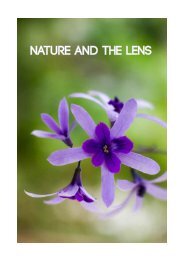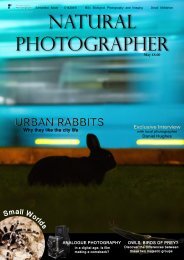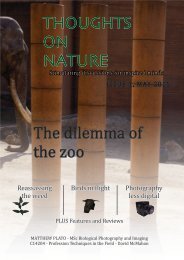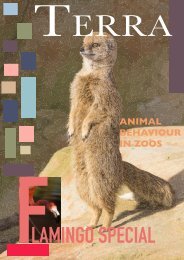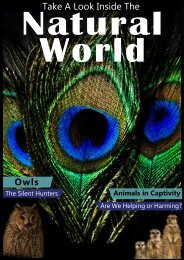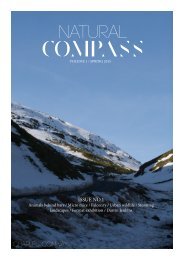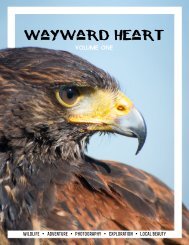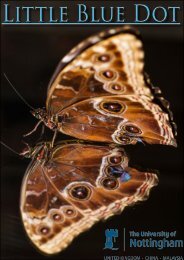Saving Wild Cats
Create successful ePaper yourself
Turn your PDF publications into a flip-book with our unique Google optimized e-Paper software.
AFRICA<br />
Africa has seen a similar rate of population decline<br />
as India and other parts of Asia. The causes however<br />
are different and unlike in Asia, there has been little<br />
or no government support in vulture conservation.<br />
This may be due to the fact that in Asia, the cause of<br />
population decline can be put down to one specific<br />
reason. In Africa however there are multiple causes and<br />
these also vary from region to region. This may prevent<br />
governments from getting involved, as there is no clear<br />
focus or strategy to work from.<br />
Poisoning and poaching appear to be the main causes<br />
of the decline of vulture populations. In West Africa,<br />
the decrease in vulture numbers has been linked to<br />
poisoning and hunting for medicine and food. In<br />
Eastern Africa, studies in Kenya and Uganda suggest<br />
that poisoning through the use of Ferdan as an<br />
agricultural pesticide may be a major cause. Despite<br />
these findings and a plea to the Kenyan government<br />
to ban the sale of such pesticides no action has so far<br />
been taken. There have been dramatic decreases in<br />
population numbers of other species and so such a ban<br />
or at least stricter control is imperative for the sake of<br />
other wildlife as well as vultures. In Kenya, without<br />
vultures, the time taken for the decomposition of a<br />
carcass was shown to triple. The number of mammals,<br />
the time they spent at a carcass and the contact each had<br />
with other scavengers also increased. This suggests that<br />
a decreased vulture presence could result in diseases<br />
being transmitted between animals at carcasses.<br />
Another way that vultures play an important role in the<br />
environment is by indicating to predators the location<br />
of a potential food source through their scavenging<br />
behaviour. This has been shown to occur with hyenas<br />
and lions although vultures are at a distinct advantage<br />
given their aerial point of view and the ability to arrive<br />
at a food source rapidly and in larger numbers. This aid<br />
in detecting a food source however does encourage the<br />
flow of energy within the ecosystem.<br />
In some parts of Africa, certain species are considered<br />
to be extinct. In Morocco, the lappet faced vulture<br />
(Torgos tracheliotus) and the cinereous vulture are no<br />
longer present. Globally, they are classified as vulnerable<br />
and near threatened respectively. In Southern Africa,<br />
the Egyptian vulture (Neophron percriopterus) is<br />
now extinct as a breeding species and is considered<br />
endangered.<br />
Africa<br />
Fig 21 : The lappet faced vulture (Torgos<br />
tracheliotus) is extinct in parts of Africa.<br />
The lappet<br />
faced vulture<br />
is extinct in<br />
Morocco<br />
The Egyptian<br />
vulture is<br />
extinct in<br />
Southern<br />
Africa<br />
Fig 22 :The Egyptian vulture (Neophron<br />
percriopterus) is now classed as endangered.



